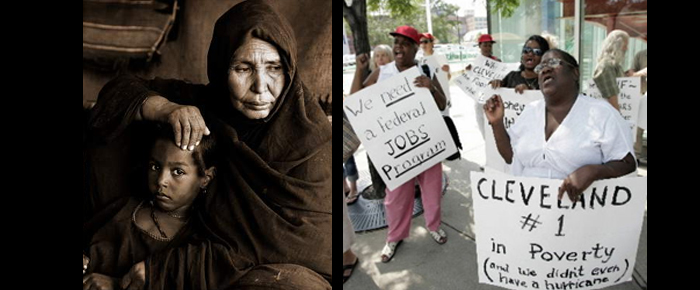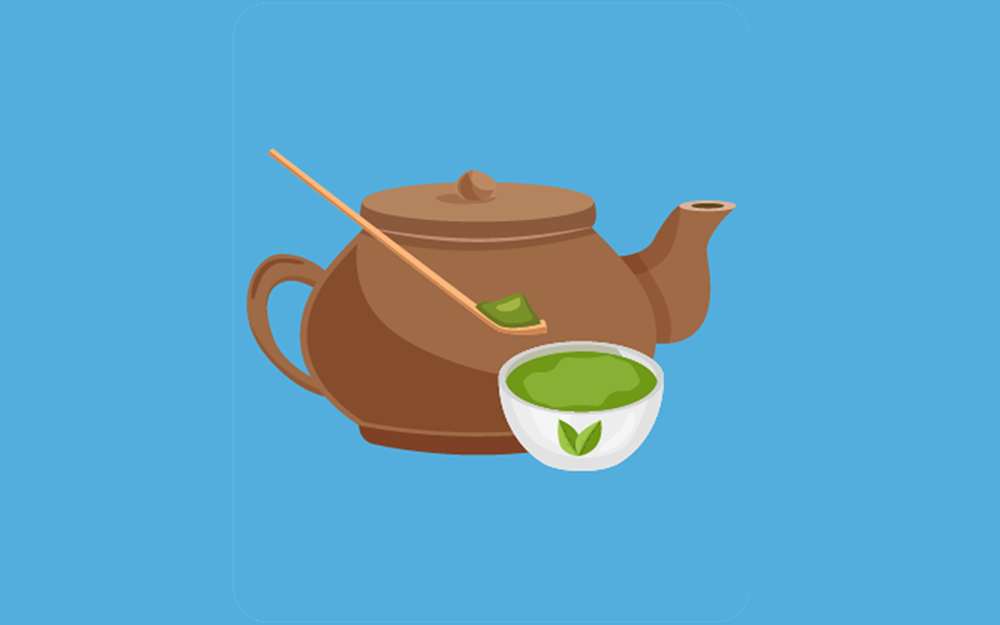
By Haddon Libby
Every day, 800 mothers and 17,000 young children die of largely preventable causes. More than 60 million women and children are in need of humanitarian assistance every year.
To help us in defining the best and worst places to be a woman and raise a child in the world, Save the Children produces an annual Mothers’ Index that compares the health, educational, economic and political factors of each country.
Starting here at home, the United States ranks #33 out of 179 countries. While we rank 9th in economics and 16th in education, we are 42nd in children’s health and a dismal 61st in maternal health. The maternal death rate in the United States has been deteriorating quickly over the last few years with 1 in 1,800 mothers dying from pregnancy-related causes, up from 1 in 4,200 only two years ago. For comparison, Austria is at 1:19,200 and the UK is at 1:6,900 while Azerbaijan is on par with the US at 1:1,800.
Infant mortality in the United States is 6.9 per 1,000 which is 3x higher than Iceland and on par with war-ravaged Bosnia! Looking a little deeper, 1.4% of all children born in Cleveland will die before the age of five; 1.1% in Baltimore and Memphis and 1.0% in Raleigh, Indianapolis and Philadelphia. For comparison, infant mortality is 1.5% in Syria, 1.4% in Brazil and 0.96% in Sri Lanka.
Overall, the United States is behind all other industrialized countries. For a healthcare system that is the most expensive in the world, these results are an embarrassment.
The top five countries for women are Norway, Finland, Iceland, Denmark and Sweden, while the five worst are Somalia, the Congo, Central Africa, Mali, and Niger. Other notable countries include Greece at #19, Canada #20, the UK #24, Japan #32, Cuba #40, Mexico #53, Russia #56, China #61, and India at #140.
Why are the Nordic countries so far ahead of us as it relates to healthcare?
Looking at Norway, they have a taxpayer-funded, single payer health system. As a result, all Norwegians receive full health care. This also means that Norwegians pay 45% of their Gross Domestic Product to the government. Norwegians can opt out of the state sponsored system and pay for their own healthcare – something that happens when wait times for procedures are too long. For example, 23% of all patients referred to hospitals have a three month wait time. Also, some treatments are not permitted as a healthcare administrator may find the treatment too costly or unlikely to be effective. Despite these shortcomings, this method for providing healthcare to Norwegians has superior results to our approach. The maternal death rate in Norway is 1:14,900, 88% better than the U.S. while infant mortality at 2.8 per 1,000 is 60% better.
Somalia is the most difficult place on Earth for a mother and child to live. One in eighteen mothers dies in pregnancy-related deaths while 14.6% of all children under five years of age die. For children that survive, most receive only 2.2 years of education. Somalia’s Gross National Income per person is a paltry $130 annually. For comparison, the United States is $53,470 per person although our wealth is heavily concentrated in a smaller subset of Americans.
Our results as a country should serve as a wake-up call to those who lobby against Obamacare and for less government involvement in healthcare. Is it any surprise that an increasing wage gap has occurred at the same time that healthcare for American women and children has declined?
It’s probably just a coincidence.
By the way, Medicare is Obamacare. Those who believe that retirees deserve this base level of healthcare, but women and children do not are either stupid or selfish…or both.










































